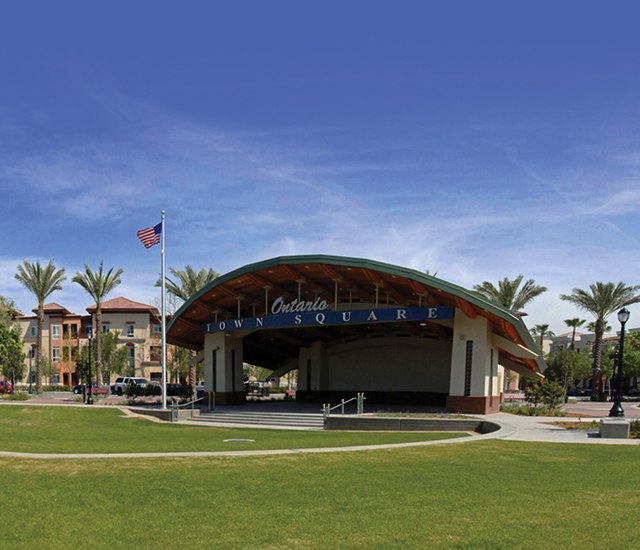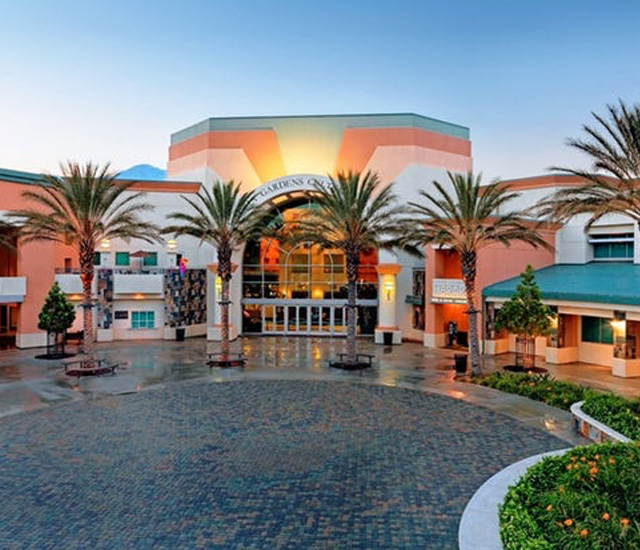Author: Jennifer Dienst
March 31, 2022
See the interview at https://www.pcma.org/women-leading-way-convention-centers/
While women outnumber male business event organizers, only a minority of women hold executive positions at the facilities that host their events. In this first in a continuing Convene series about female leadership at event facilities, we ask Shannon Perry to share her perspective as the general manager at California’s Ontario Convention Center.
The business events industry, at large, is comprised of women — 77 percent, according to the U.S. Census Bureau. But some spaces are quite the opposite, particularly facility management, where just 21 percent are women, according to the U.S. Bureau of Labor Statistics. We’re wrapping up Women’s History Month by spotlighting women who have worked their way up to the top spots at convention centers around the country. Up first, Shannon Perry, general manager at Ontario Convention Center in Ontario, California.
When it comes to leadership in the events industry, there is quite a bit of gender disparity, especially in facility management. Why do you think that is, and what needs to change in the industry to close that gap? In addition to your skills and capabilities, to what would you attribute your success in a male-dominated sector of the business events industry? What attracted you to this side of the business?
Gender stereotypes are deeply ingrained in most industries, not just the events industry. Whether or not they are verbalized, our preconceived ideas and biases impact our decisions every day — consciously or not. Unfortunately, that subconscious bias translates into hiring people who are just like us. Similarities make us feel good, so we end up getting more of the same, year over year. When an industry has typically been dominated by one gender, it really takes a concerted and transparent effort to bring in new voices at every level. Additionally, there can be a perception that cross-gender mentoring is challenging. As one moves up the ladder in position and veteran years in facility management, it tends to skew male. While I personally have had the good fortune to have mentors of many different backgrounds, not everyone has that opportunity. It really is incumbent upon all of us to make space and give opportunity to a more diverse group of leaders. It’s just smart business.
What is the biggest challenge convention facilities are facing right now? What do you see as your biggest opportunity?
As we emerge from a very unique couple of years in our industry, the biggest challenges that many organizations are facing are staffing shortages and the significant increase in cost of goods across the board. Although customers may understand, in theory, that food and labor costs have increased all around the world, they don’t necessarily want to see this impact the bottom line for their event! It really gives our team the opportunity to dive deeper into understanding our customers and what truly motivates and drives the event. How can we capitalize on our resources in the most creative way? We can also focus on new added value that doesn’t necessarily have a major cost component to the facility, i.e., sponsorships, volunteer-organizing, and local community partnerships.
Our cover story in our upcoming March/April 2022 issue highlights how the design and functionality of convention facilities is changing because of the pandemic and the evolving needs of groups. From your perspective, what do you predict will change at your facility, as well as at convention centers as a whole?
Technology has always been a focus for our clients and even more so now as some customers are looking for creative options for reaching out and including attendees that may not be able to participate in person. However, most of our clients really value the in-person experience, and creating nontraditional meet-up spaces is a priority. Again, added value through a new experience is the key.






